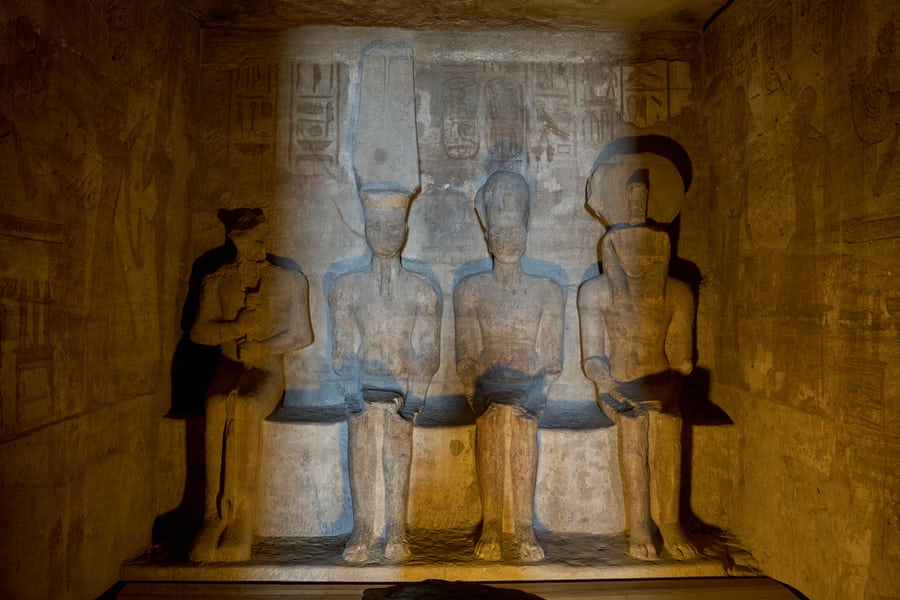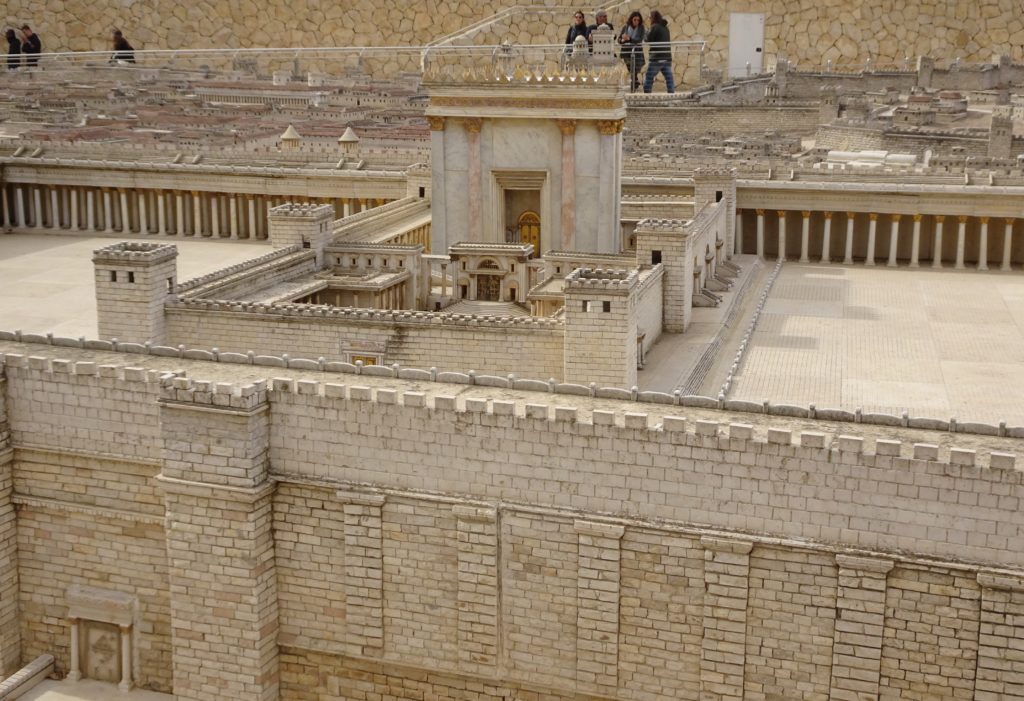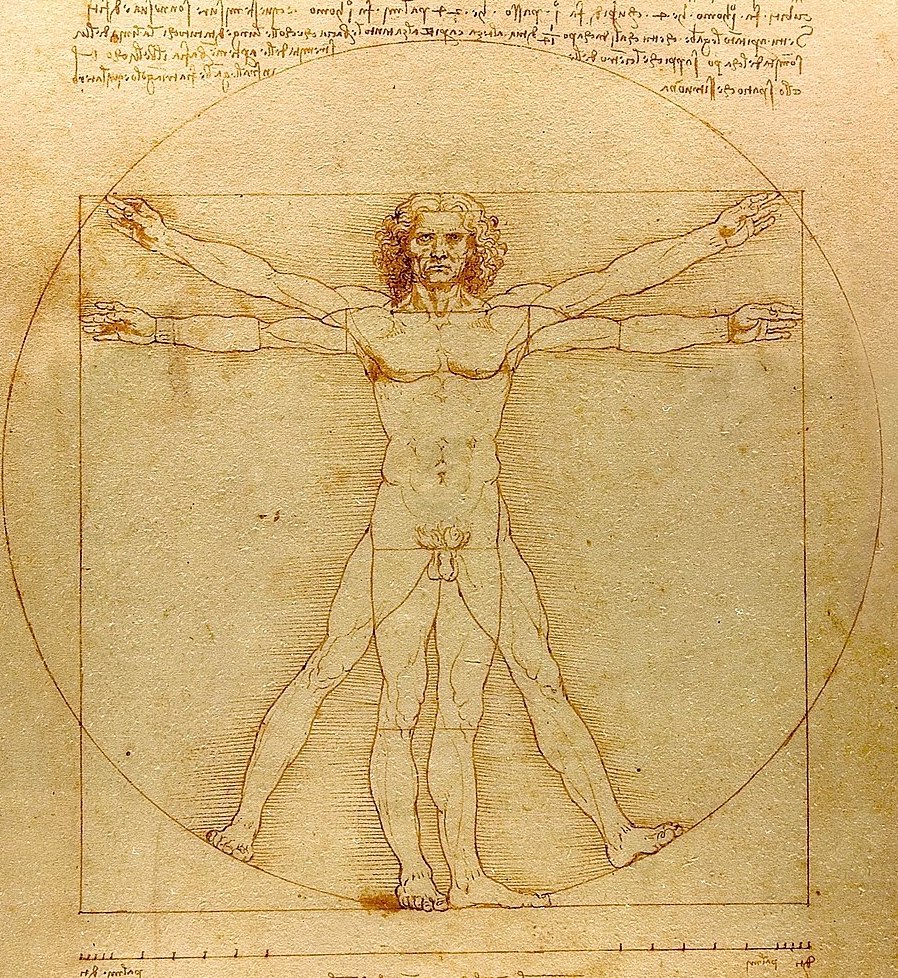DISAPPOINTED!
There is a scene in “A Fish called Wanda” in which a bank robber, hoping to double cross his colleague, finds he has been double crossed himself. He fires several bullets at the empty safe while declaiming “DIS-A-POINTED!” I sometimes feel like that when reading English translations of the Bible. I cam across another instance a few days ago in John 2.
JOHN 2, MARK 14, 1 CORINTHIANS 6 etc.

I have always been fascinated by the scene in John 2 when Jesus drives the traders out of the temple, and then is confronted by an angry crowd demanding to see a sign. Jesus responds by saying, “Destroy this temple and in three days I will raise it.’ I find it remarkable that this saying was one of the accusations made against Jesus at his trial before the Sanhedrin in Mark14.
Except that he did not say that.
I happened to look up the passage in my Greek interlinear, thinking I might see the more general word ‘oikos’ meaning house. This is the word the prophet Ezekiel used when talking about the temple. But it was not that. Nor was it the word ‘hieron’ meaning temple, which is the word used when Jesus drove the traders out. To my surprise the word was ‘naos’, meaning shrine. It is the same word in the parallel passage in the trial of Jesus before the high priest in Mark 14. And the same word when Paul says “your body is the ‘naos’ of the Holy Spirit.”
It is simply a wrong translation, which would be marked as a mistake if they were taking an exam. Should it bother us?
WHAT’S A SHRINE?

I think back to a holiday I had in Egypt, when I visited the Temple of Rameses II in Abu Simbel. Because the temple was carved into the cliff, the inner sanctuary still survives. You go further into the darkness, through two enormous halls, then a vestibule and at the end is a small room in which are four statues of the gods of Egypt. And when the temple still existed, this would have been in complete darkness, unless someone lit an oil lamp. This is the shrine of the temple.
You get exactly the same pattern in Indian temples. I visited several, including the one at Madurai. Again you go through the sunlit outer court, past the large tank of water for ritual washing and finally, but only if you are a Hindu, you can go into the dark inner shrine with images of the goddess Menakshi and her consort Shiva.

The Parthenon in Athens is now wholly open to the sky. But only because the Ottomans stored their ammunition in the ancient temple as it had no windows and only one door. It was the most secure building in Athens and in ancient times the city treasury was kept there. Unfortunately in 1687 a Venetian bombardment ignited the ammunition and blew up the inner shrine.

The temple in Jerusalem had exactly the same pattern: sunlit outer court in which all were welcome including Gentiles. Then a series of enclosed open spaces, the Court of Women, the Court of Israel, the Court of Priests, the vestibule and the sanctuary. Finally the dark Holy of Holies, where, before 587 BCE, the ark of the Covenant was kept, flanked by two enormous cherubim. Only the high priest entered here and just once a year. This last is what Jesus meant when he said, “Destroy this shrine and in three days I will raise it up.”
DOES IT MAKE A DIFFERENCE?
The shrine of ancient temples, and of modern Hindu temples, were seen as the spiritual powerhouse of the temple, indeed of the whole community. So when Jesus said, “Destroy this shrine” it could be interpreted as a description of himself as the place where God resided. A coded way of claiming a very exalted status indeed.
In 1 Corinthians 6, where Paul is talking about sex, he says, “Do you not know that your body is a shrine of the Holy Spirit within you, which you have from God?” (1 Corinthians 6.19). (The NRSV actually puts a footnote to their word ‘temple’ here saying “Or sanctuary”. But they don’t do the same when translating the words of Jesus).
We could even translate Paul as saying, “Your body is the Holy of Holies where the Holy Spirit of God lives.”

That’s quite a thought!
